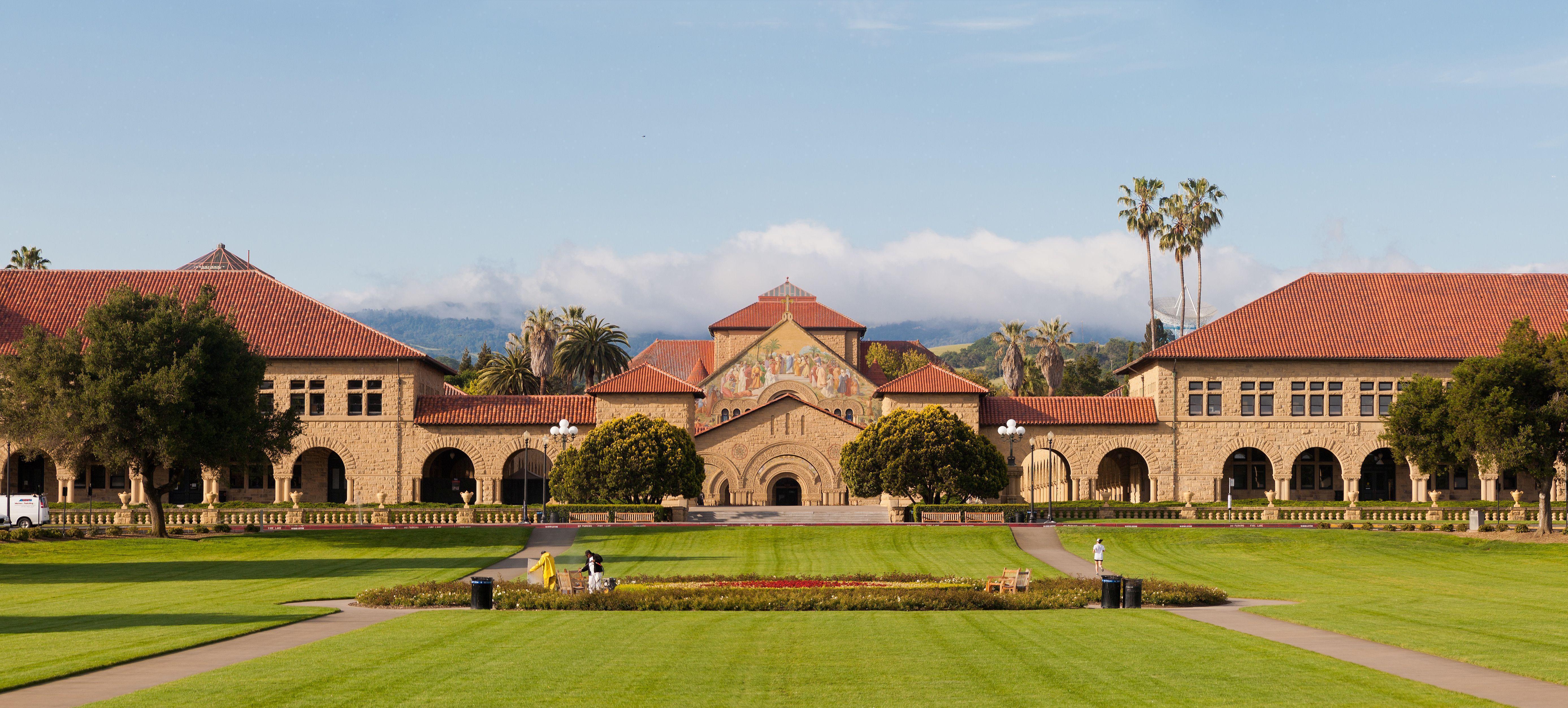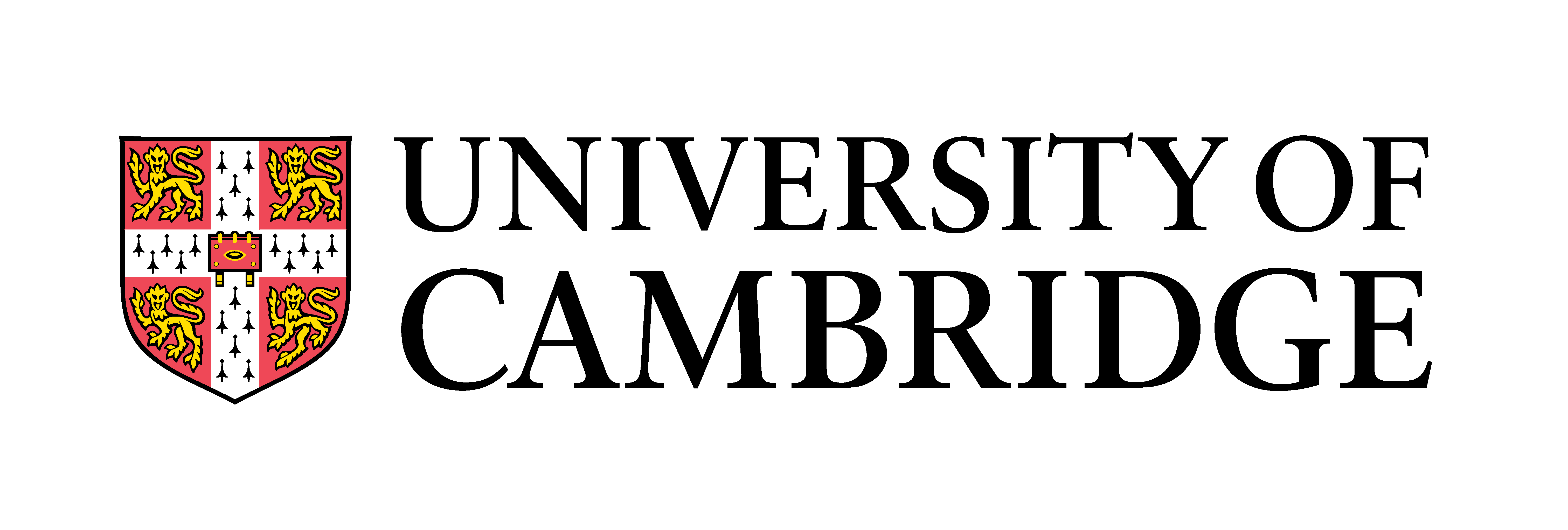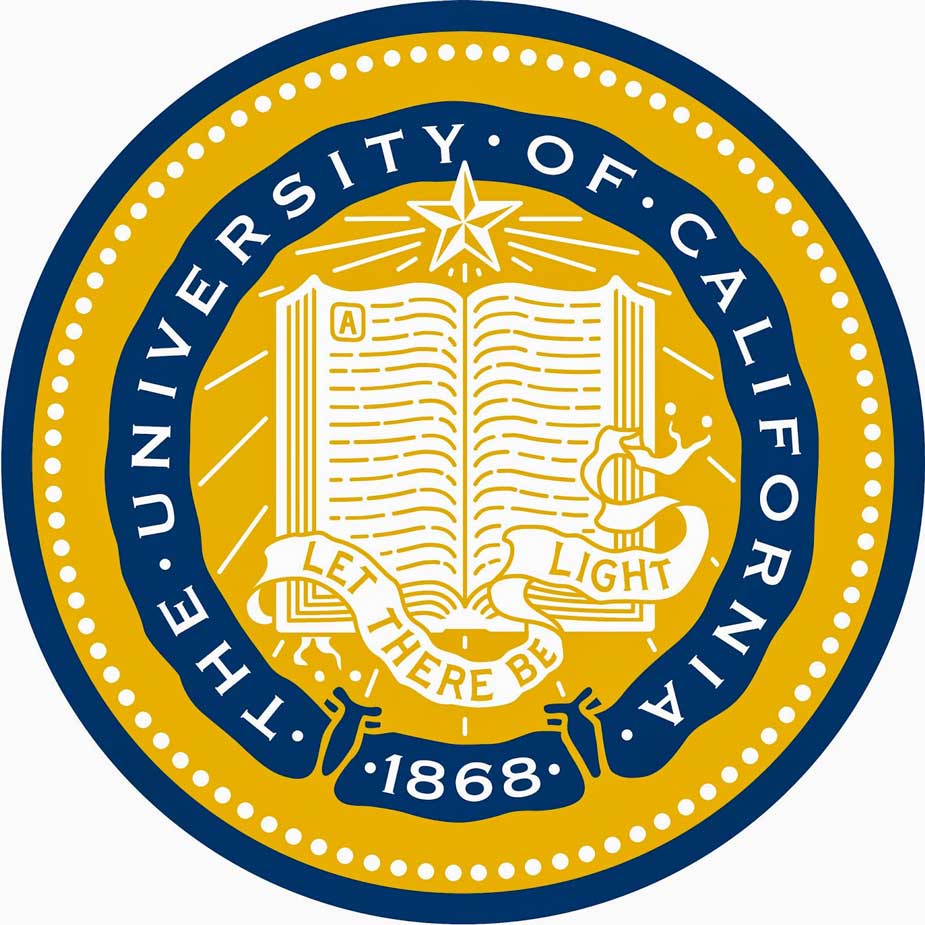TOP 10 UNIVERSITIES IN THE WORLD
Article by : Infinity.Info
01. HARWARD UNIVERSITY:
The university is composed of ten academic faculties plus the Radcliffe Institute for Advanced Study. Arts and Sciences offers study in a wide range of academic disciplines for undergraduates and for graduates, while the other faculties offer only graduate degrees, mostly professional. Harvard has three main campuses: the 209-acre (85 ha) Cambridge campus centered on Harvard Yard; an adjoining campus immediately across the Charles River in the Allston neighborhood of Boston; and the medical campus in Boston's Longwood Medical Area.
Harvard's endowment is valued at $53.2 billion, making it the largest of any academic institution. Endowment income helps enable the undergraduate college to admit students regardless of financial need and provide generous financial aid with no loans. The Harvard Library is the world's largest academic library system, comprising 79 individual libraries holding about 20.4 million items.
02. STANDFORD UNIVERSITY:
The university is organized around seven schools: three schools consisting of 40 academic departments at the undergraduate level as well as four professional schools that focus on graduate programs in law, medicine, education, and business. All schools are on the same campus. Students compete in 36 varsity sports, and the university is one of two private institutions in the Division I FBS Pac-12 Conference.
Stanford has won 128 NCAA team championships, more than any other university, and was awarded the NACDA Directors' Cup for 25 consecutive years, beginning in 1994–1995.In addition, as of 2021, Stanford students and alumni have won at least 296 Olympic medals including 150 gold medals.
03. MASSACHUSETTS INSTITUTE OF TECHNOLOGY (MIT):
Massachusetts Institute of Technology (MIT) is a private land-grant research university in Cambridge, Massachusetts. Established in 1861, MIT has since played a key role in the development of modern technology and science, ranking it among the top academic institutions in the world.
Founded in response to the increasing industrialization of the United States, MIT adopted a European polytechnic university model and stressed laboratory instruction in applied science and engineering. The institute has an urban campus that extends more than a mile (1.6 km) alongside the Charles River, and encompasses a number of major off-campus facilities such as the MIT Lincoln Laboratory, the Bates Center, and the Haystack Observatory, as well as affiliated laboratories such as the Broad and Whitehead Institutes.
04. UNIVERSITY OF OXFORD:
It does not have a main campus, and its buildings and facilities are scattered throughout the city center. Undergraduate teaching at Oxford consists of lectures, small-group tutorials at the colleges and halls, seminars, laboratory work and occasionally further tutorials provided by the central university faculties and departments. Postgraduate teaching is provided predominantly centrally.
05. UNIVERSITY OF CAMBRIDGE:
Cambridge is formed from a variety of institutions which include 31 semi-autonomous constituent colleges and over 150 academic departments, faculties and other institutions organized into six schools. All the colleges are self-governing institutions within the university, each controlling its own membership and with its own internal structure and activities. All students are members of a college. The university does not have a main campus, and its colleges and central facilities are scattered throughout the city. Undergraduate teaching at Cambridge centers on weekly small-group supervisions in the colleges in groups of typically 1–4 students.
This intensive method of teaching is widely considered the 'jewel in the crown' of an Oxbridge undergraduate education. In addition, lectures, seminars, laboratory work and occasionally further supervisions are provided by the central university faculties and departments. Postgraduate teaching is provided predominantly centrally.
06. COLOUMBIA UNIVERSITY:
Columbia University (also known as Columbia, and officially as Columbia University in the City of New York) is a private Ivy League research university in New York City. Established in 1754 as King's College on the grounds of Trinity Church in Manhattan, Columbia is the oldest institution of higher education in New York and the fifth-oldest institution of higher learning in the United States. It is one of nine colonial colleges founded prior to the Declaration of Independence, seven of which belong to the Ivy League. Columbia is ranked among the top universities in the world by major education publications.
Columbia was established by royal charter under George II of Great Britain. It was renamed Columbia College in 1784 following the American Revolution, and in 1787 was placed under a private board of trustees headed by former students Alexander Hamilton and John Jay. In 1896, the campus was moved to its current location in Morningside Heights and renamed Columbia University.
07. UNIVERSITY OF CALIFORNIA:
The University of California, Berkeley (UC Berkeley, Berkeley, Cal, or California) is a public land-grant research university in Berkeley, California. Established in 1868 as the University of California, it is the state's first land-grant university and the first campus of the University of California system. Its fourteen colleges and schools offer over 350 degree programs and enroll some 31,000 undergraduate and 12,000 graduate students. Berkeley is ranked among the world's top universities by major educational publications.
A founding member of the Association of American Universities, Berkeley hosts many leading research institutes, including the Mathematical Sciences Research Institute and the Space Sciences Laboratory. It founded and maintains close relationships with three national laboratories at Berkeley, Livermore and Los Alamos, and has played a prominent role in many scientific advances, from the Manhattan Project and the discovery of 16 chemical elements to breakthroughs in computer science and genomics.
08. UNIVERSITY OF CHICAGO:
The University of Chicago (U-Chicago) is a private research university in Chicago, Illinois. Founded in 1890, its main campus is located in Chicago's Hyde Park neighborhood. In Fall 2021, it enrolled 18,452 students, including 7,559 undergraduates and 10,893 graduate students.
The university is composed of an undergraduate college and five graduate research divisions, which contain all of the university's graduate programs and interdisciplinary committees. Chicago has eight professional schools: the Law School, the Booth School of Business, the Pritzker School of Medicine, the Crown Family School of Social Work, Policy, and Practice, the Harris School of Public Policy, the Divinity School, the Graham School of Continuing Liberal and Professional Studies, and the Pritzker School of Molecular Engineering. The university has additional campuses and centers in London, Paris, Beijing, Delhi, and Hong Kong, as well as in downtown Chicago.
09. PRENCETON UNIVERSITY:
Princeton University is a private Ivy League research university in Princeton, New Jersey. Founded in 1746 in Elizabeth as the College of New Jersey, Princeton is the fourth-oldest institution of higher education in the United States and one of the nine colonial colleges chartered before the American Revolution. The institution moved to Newark in 1747, and then to the current site nine years later. It officially became a university in 1896 and was subsequently renamed Princeton University.
The university is governed by the Trustees of Princeton University and has an endowment of $37.7 billion, the largest endowment per student in the United States. Princeton provides undergraduate and graduate instruction in the humanities, social sciences, natural sciences, and engineering to approximately 8,500 students on its 600 acres (2.4 km2) main campus. It offers postgraduate degrees through the Princeton School of Public and International Affairs, the School of Engineering and Applied Science, the School of Architecture and the Bendheim Center for Finance.
Cornell University is a private Ivy League and statutory land-grant research university, based in Ithaca, New York. Founded in 1865 by Ezra Cornell and Andrew Dickson White, Cornell was founded with the intention to teach and make contributions in all fields of knowledge — from the classics to the sciences, and from the theoretical to the applied. These ideals, unconventional for the time, are captured in Cornell's founding principle, a popular 1868 quotation from founder Ezra Cornell: "I would found an institution where any person can find instruction in any study."
The university is organized into seven undergraduate colleges and seven graduate divisions at its main Ithaca campus, with each college and division defining its specific admission standards and academic programs in near autonomy.
The university also administers two satellite campuses, one in New York City and one in Education City, Qatar.
Powered by : Infinity Info Presents.















